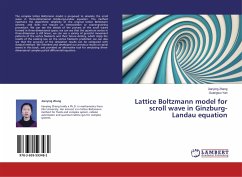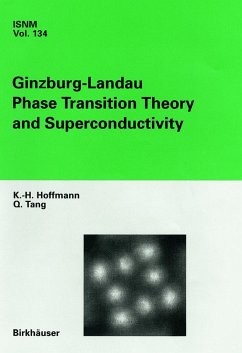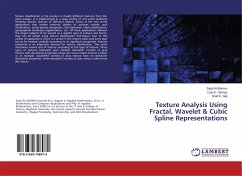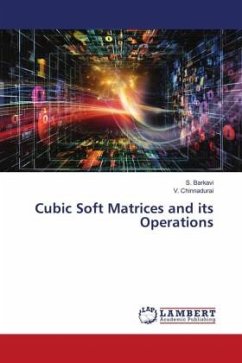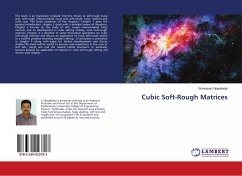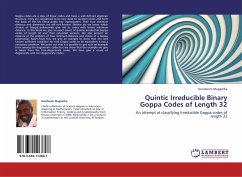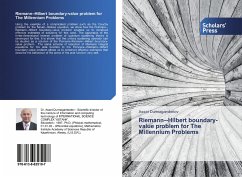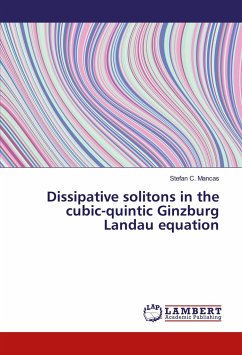
Dissipative solitons in the cubic-quintic Ginzburg Landau equation
Versandkostenfrei!
Versandfertig in 6-10 Tagen
41,99 €
inkl. MwSt.

PAYBACK Punkte
21 °P sammeln!
Comprehensive numerical simulations of pulse solutions of the cubic-quintic Ginzburg- Landau equation, a canonical equation governing the weakly nonlinear behavior of dissipative systems in a wide variety of disciplines, reveal various intriguing and entirely novel classes of solutions. In particular, there are five new classes of pulse or solitary waves solutions, viz. pulsating, creeping, snake, erupting, and chaotic solitons. In contrast to the regular solitary waves investigated in numerous integrable and non-integrable systems over the last three decades, these dissipative solitons are no...
Comprehensive numerical simulations of pulse solutions of the cubic-quintic Ginzburg- Landau equation, a canonical equation governing the weakly nonlinear behavior of dissipative systems in a wide variety of disciplines, reveal various intriguing and entirely novel classes of solutions. In particular, there are five new classes of pulse or solitary waves solutions, viz. pulsating, creeping, snake, erupting, and chaotic solitons. In contrast to the regular solitary waves investigated in numerous integrable and non-integrable systems over the last three decades, these dissipative solitons are not stationary in time. Rather, they are spatially confined pulse-type structures whose envelopes exhibit complicated temporal dynamics. The numerical simulations also reveal very interesting bifurcations sequences of these pulses as the parameters of the CGLE are varied. In this book, we develop a theoretical framework for these novel classes of solutions, and we elucidate the Hopf bifurcation mechanism responsible for the various pulsating solitary waves.



